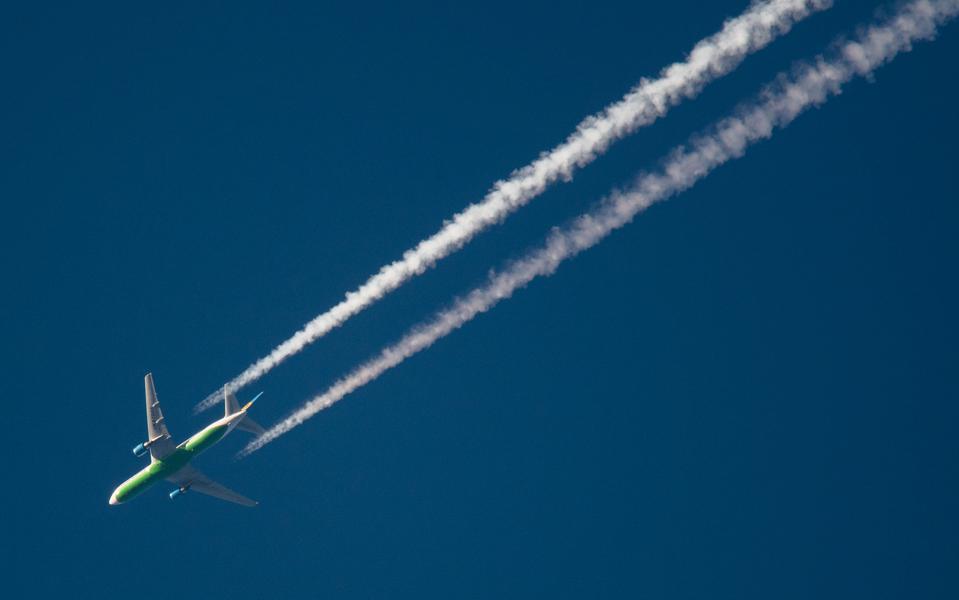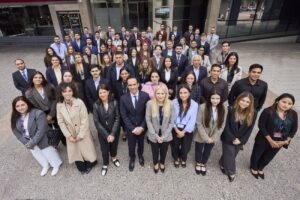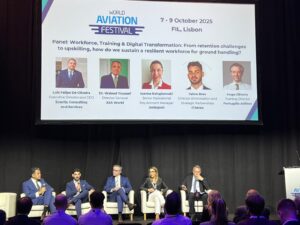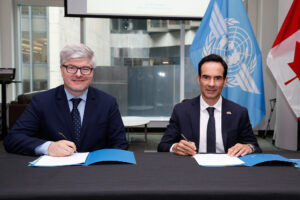
How do airlines plan to reduce their emissions?
News
The airline industry is ambitious and determined in its commitment to reduce its carbon dioxide (CO2) emissions. To date, only 2% of the total emissions worldwide come from airlines and only 12% of emissions from the transport sector correspond to airlines. But, aware that these figures are not enough in the fight against climate change, many alliances and airline groups such as oneworld and International Airlines Group (IAG) have announced their commitment to achieve the goal of net zero emissions by 2050.
The commitment of these groups to sustainability on a global scale is aligned with the United Nations objective of limiting global warming to 1.5 degrees Celsius. It also contributes to the British government’s goal of achieving carbon neutrality by 2050. Long before that date, specifically in 2020, British Airways, an airline under the IAG umbrella, is expected to it will have achieved its goal of reducing its net CO2 emissions to zero on all its flights within the UK.
What plans do the airlines have to meet their emission reduction commitments?
The Ultrafan engine
Rolls-Royce, one of the leading manufacturers of aerial engines, claims that the new next-generation Ultrafan, which has been in development for more than 10 years and ready to enter service in the middle of the next decade, will be 25% more efficient in fuel consumption than its initial version Trent.
Airbus notes that while a fully electric aircraft is still a long way from being built, due to the weight of the battery and the duration of the flight, it has more hope in developing a hybrid aircraft.
This manufacturer believes that a greener and quieter hybrid aircraft could be flying commercially by 2025. Airbus has partnered with Siemens and Rolls-Royce to develop an E-Fan X demonstration aircraft.
Biofuel
Biofuels made from plant or animal waste are often touted as a sustainable alternative to kerosene-based jet fuels.
However, given that any major airline can consume more than 4 billion gallons of fuel per year, there is currently not a single biofuel plant in the world that can produce even a fraction of what is needed. While the blending of biologics with fossil fuels is a proven concept, the infrastructure and investment required to increase production to a higher level does not yet exist.
IATA notes that the cost of fuel for the aviation industry globally was about $ 180 billion in 2018, the highest cost after wages. Given very narrow revenue margins, airlines don’t have much incentive to buy more expensive fuel.
Air control
Air traffic controllers also have their say.
Contrary to popular belief, the number of times aircraft are caught circling while waiting is decreasing.
Better air traffic management technology means that airplanes can now reduce their cruise speed hundreds of kilometers from their destinations to avoid air congestion over the airport.
Likewise, aircraft are able to find the optimum height when crossing the Atlantic or use the jet stream to save fuel.
In recent years, some 400 changes have been implemented in Air Traffic Control to improve the use of airspace, which has translated into some US $ 175 million in fuel savings.
Other improvements have to do with changing the way air flows over the aircraft’s wings to reduce aerodynamic drag, and using state-of-the-art materials to make the engines and airframes lighter.
Investments
The biggest effort IAG will make to achieve its goal will be an investment of 27,000 million dollars to change 142 aircraft over the next five years. There is a theory in the sector that ensures that each new generation of aircraft represents a reduction in kerosene consumption by 25%. Changing the Boeing 747s for the Airbus 350 will save 38% on fuel.
IAG has also pledged to invest $ 400 million (€ 360 million) to develop alternative fuels over a 20-year period, while United Airlines has stated that it will invest up to $ 2 billion annually in fuel efficient aircraft. and is working with biofuel producers.
IAG’s intentions are in addition to the Corsia plan that the aeronautical industry sealed with the United Nations to reduce emissions by 2,500 million tons between 2020 and 2035. That plan represented an investment of 40,000 million euros in different projects. It is estimated that aviation is behind 2.5% of emissions, although with a risk of quadrupling in a short time due to the lack of alternative fuels and the reduction of emissions from other means of transport, such as train or car.
Faced with the rise of this movement towards sustainability, airlines are rushing to find an answer on how to eliminate CO2 emissions and reduce their impact on the climate. But the challenge is that there is no easy way to reduce emissions significantly, at least not in the short term. The difficulty of the problem is evident by the different strategies that different airlines follow to reduce emissions from their flights.
The objectives set for 2030 also include reducing the weight and waste on board the planes, as well as using less energy in flight, using renewable energy and expanding the use of electric vehicles.
CONTACT info@itaerea.com +34 968 966 885 TEACHERS TRAINING





